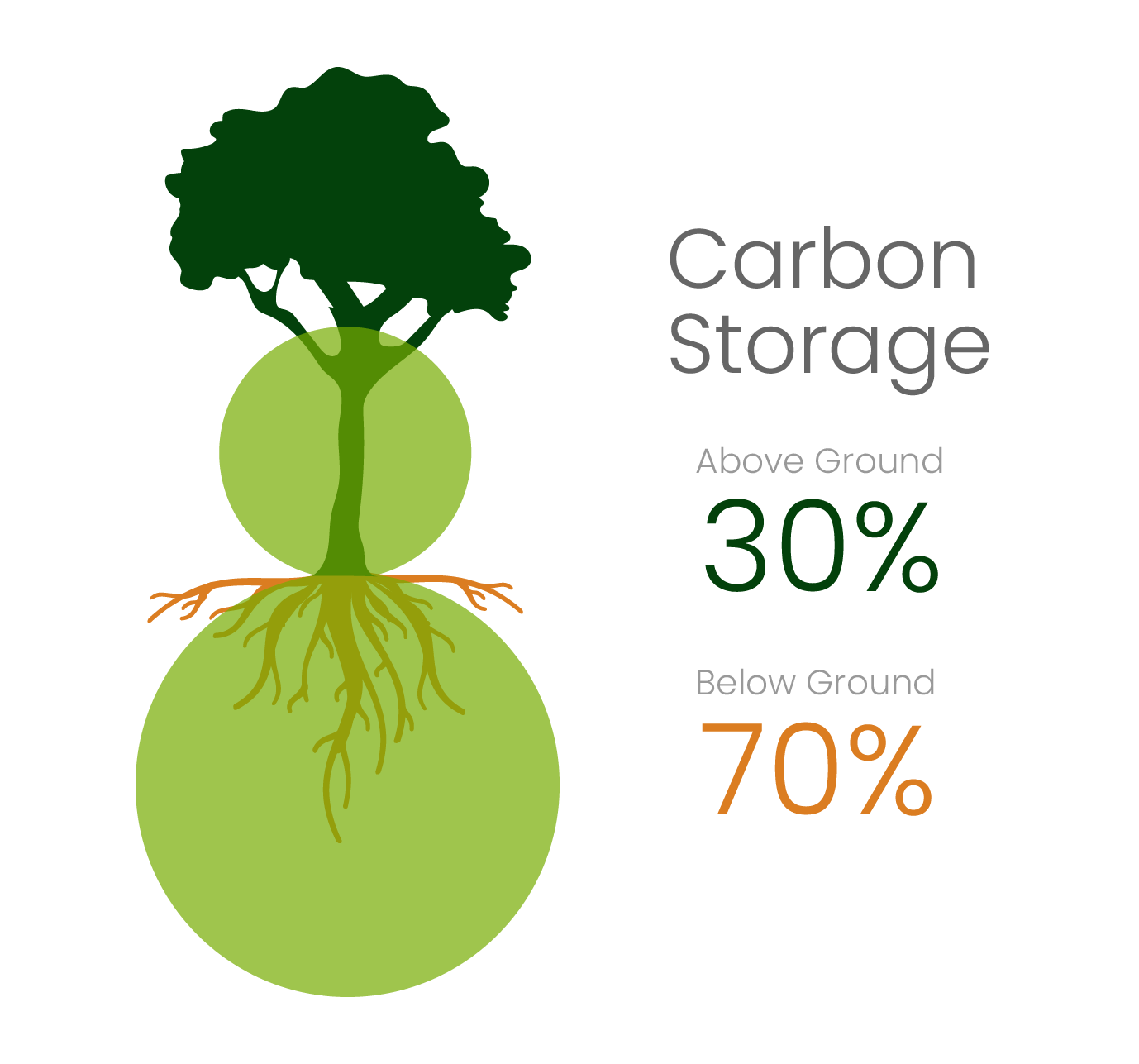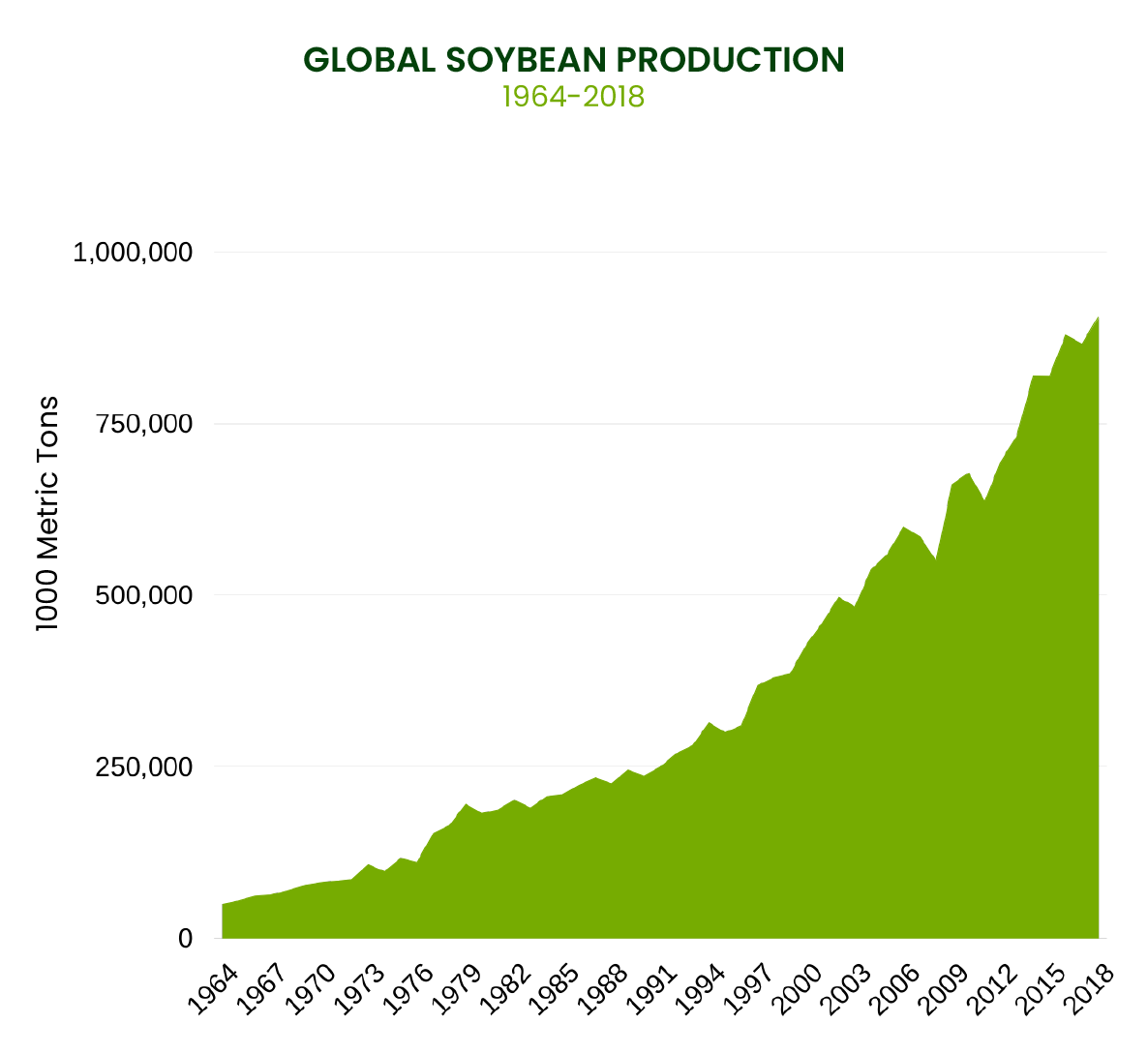2.1 The biomes of the Amazon, Atlantic and Gran Chaco forests, and the Cerrado savannah provide enormous ecological, economic and social benefits locally, regionally, and globally.
The Amazon
Covering around 550 million hectares, the Amazon rainforest is one of the largest and most biologically diverse ecosystems on the planet. More than half of Earth’s remaining rainforest is in the Amazon. Its towering forest canopies stretch across most of the South American continent, spanning eight countries (as well as French Guiana). The Forest provides habitat to one out of every ten species on Earth, including around 30,000 different plants, 1,000 bird species and 340 mammal species.1
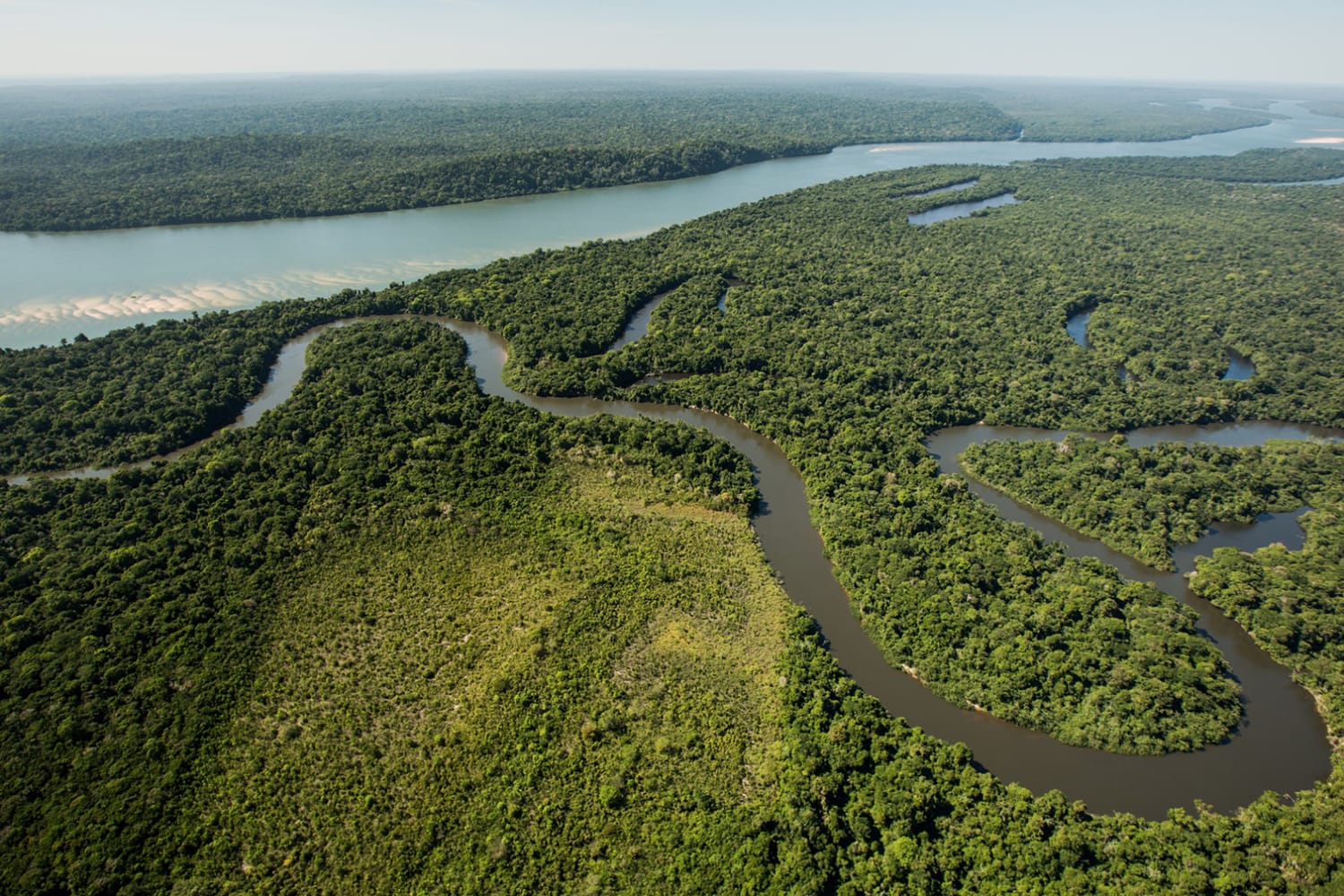
Approximate Number of Species

0
Plants
0
Fish
0
Reptiles
0
Birds
0
Mammals
0
AmphibiansModelling suggests that destruction in the Amazon from 1970 to 2012 has already triggered significant extinction of important species (with more than 80% of extinctions from historical habitat loss still to come due to time lags in extinction following habitat loss), with more extinctions expected if deforestation continues.2
The Amazon contains the world’s largest river basin and plays a key role in regulating the movement of water throughout the region. It holds a quarter of the world’s freshwater reservoirs. Millions of people across the globe, including the Amazon’s 180 different indigenous peoples, rely on the Amazon for food, water, and other critical functions.3
Resources: The Amazon Basin
0%
Holds 15% of the world's freshwater reservoirs
0%
Produces 1/3 of the world's oxygen
0%
Accounts for 1/4 of all carbon absorbed by forests
The Atlantic Forest
Originally occupying around 130 million hectares, the Atlantic Forest is the second largest rainforest on the plant. It stretches across wide swaths of Brazil along the Atlantic coastline, and to smaller inland areas of northeast Argentina and eastern Paraguay. The Forest is one of the most diverse ecosystems on the planet, second only to the Amazon. It harbors varied and rich ecoregions, including tropical forests, tropical and subtropical grasslands, savannas, shrublands, and mangrove forests, and supports one of the highest degrees of species richness on the planet. More than 52% of its tree species and 92% of its amphibians are found nowhere else in the world.4 Pollinators found in the Forest are essential to widespread agriculture throughout the region.
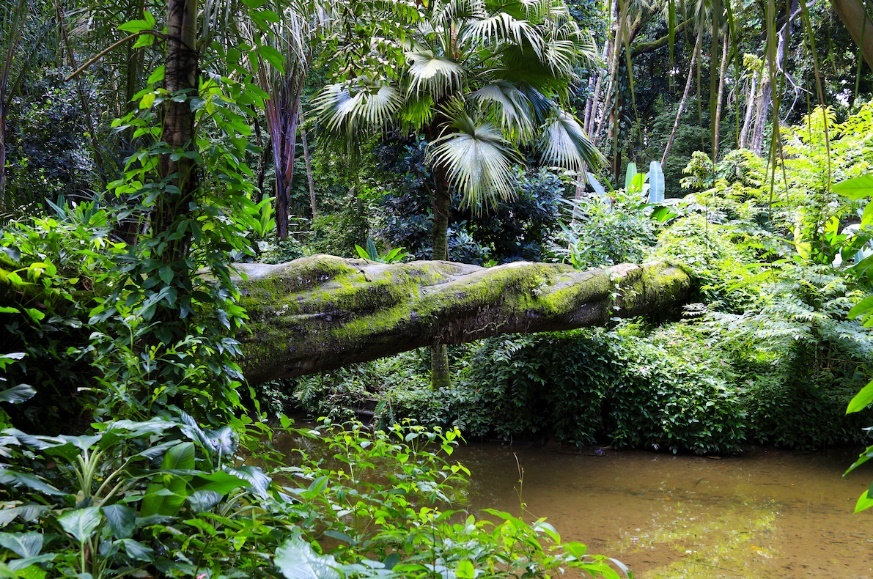
Approximate Number of Species

0
Plants
0
Fish
0
Reptiles
0
Birds
0
Mammals
0
AmphibiansThe Forest provides drinking water for most of its millions of inhabitants by releasing water vapor from the trees into the atmosphere. It also generates much of the electricity used throughout the region - about 62 per cent of the electricity produced in Brazil, 75 per cent in Paraguay and 60 per cent in Argentina - in hydroelectric stations sited throughout the Forest.5
The Atlantic Forest is home to two indigenous groups, the Tupi and the Guarani, with a combined population of over 130,000. The Guarani are the largest indigenous group in Brazil, but their survival is threatened by the vast network of cattle ranching, sugar cane, and soy that has been established on their traditional lands.6
The Cerrado
Occupying around 204 million hectares, the Cerrado is South America’s largest savanna ecosystem.7 The Cerrado’s diverse mosaic of landscapes – which include grasslands, woodlands and forests – make the Cerrado an exceptionally unique and ecologically important region. Often referred to as ‘upside-down forests’, the Cerrado’s native grasses and plants have deep root systems that can extend more than 15 feet below ground. These roots systems help store water and carbon, and protect the region from natural fire events.8 Seventy percent of the carbon stored by vegetation in the Cerrado is stored below ground level. The Cerrado is the birthplace of several key rivers in Brazil, and is home to the second largest underground water reservoir in the world.9
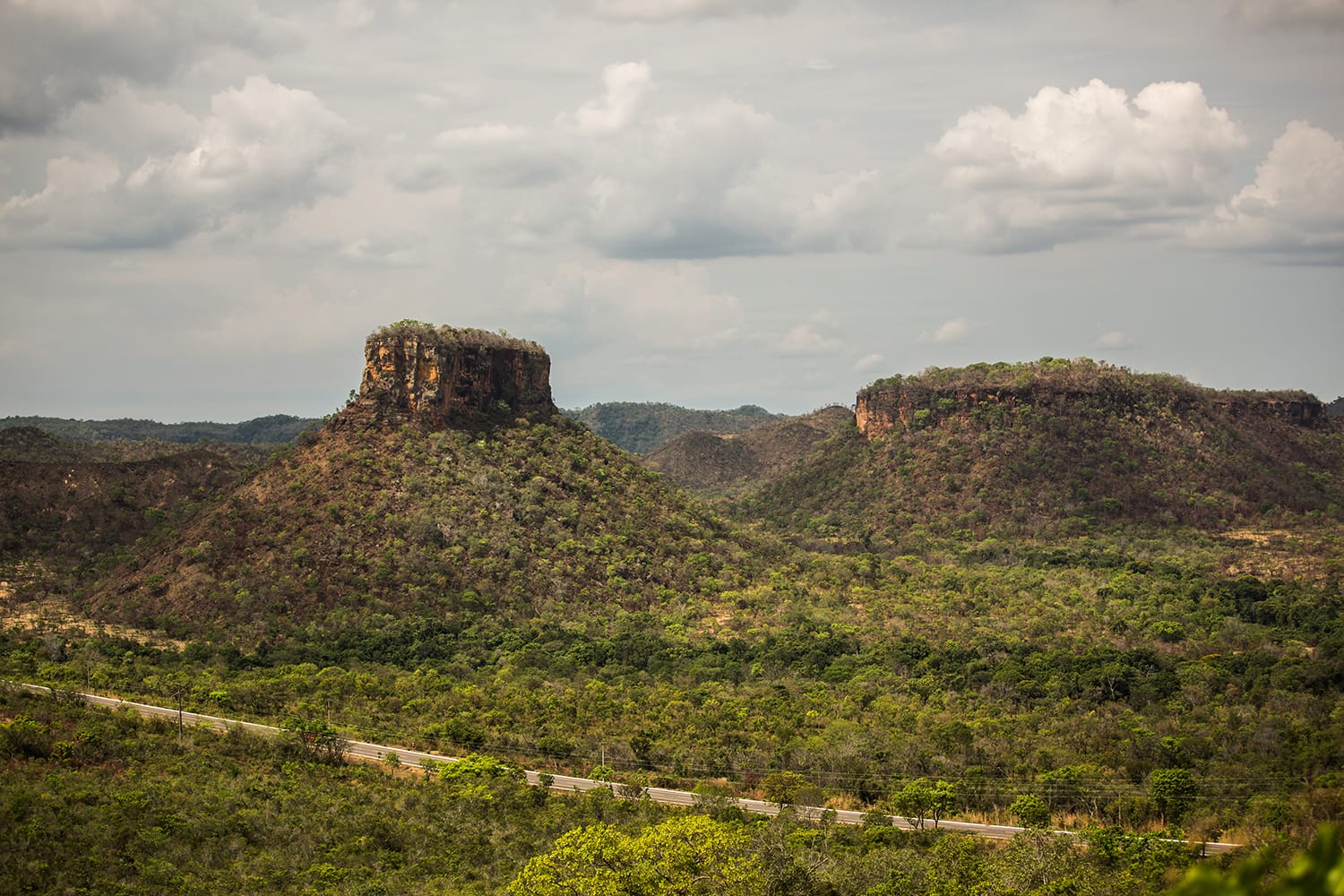
The Cerrado holds 5% of world’s biodiversity, with around 11,000 different plants, 837 bird species, and 200 mammal species. More than 4,800 species of plants and vertebrate animals are found nowhere else in the world.10
Approximate Number of Species

0
Plants
0
Fish
0
Reptiles
0
Mammals
0
Birds
0
AmphibiansThe Gran Chaco
The Gran Chaco is the largest continuous tropical dry forest in the world.11 It extends for over 100 million hectares throughout Argentina, Paraguay, Bolivia, and Brazil. The region is made up of extremely diverse landscapes, including thorny forests, savannas, and woodlands,12 and provides habitat for a large number of species, including jaguars, armadillos, and giant anteaters.13
The Gran Chaco is home to 7.5 million people, living in a mix of high-density urban areas, small towns and rural communities.14 This includes 20% of the Argentine population,15 and about 2% of the Paraguayan population.16 There are around 35 indigenous communities living within the Chaco, many of which depend on the Chaco for timber, fuel wood, charcoal, edible fruits, fibers and medicinal plants.17
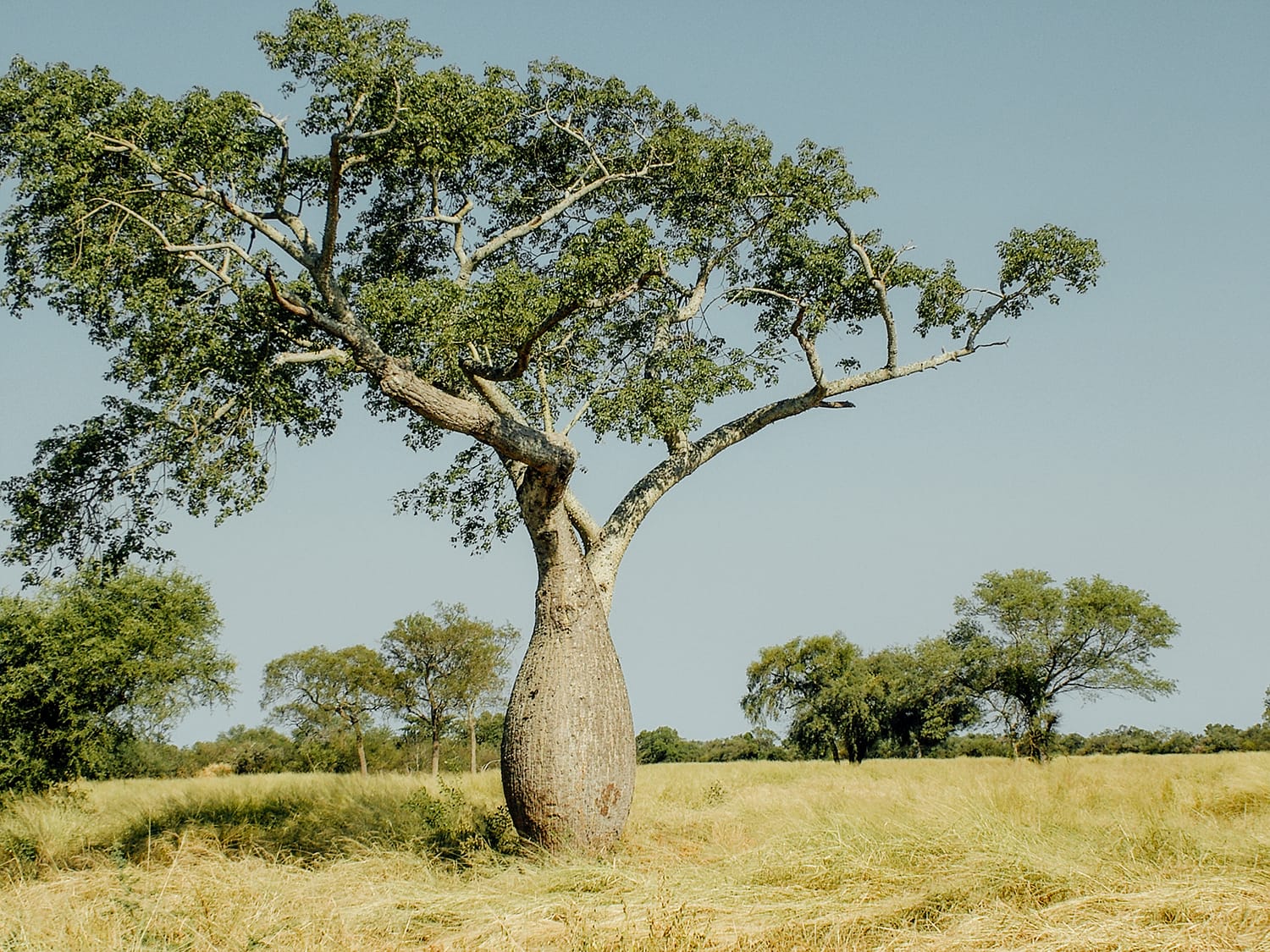
Approximate Number of Species

0
Plants
0
Reptiles
0
Amphibians
0
Mammals
0
Birds2.2 Large areas of important South American biomes have already been cleared for agriculture
Large areas of native vegetation have been cleared in all four biomes - the Amazon and Atlantic Forests, the Cerrado and the Gran Chaco – to make way for soy production and other agricultural activities.
In recent decades, the Amazon has become one of the most active deforestation frontiers in the world, primarily due to expansion of soy fields and cattle pastures. Since the 1970’s 17% of the Amazon (approximately 73 million hectares) has been lost.18 Deforestation has decreased significantly in the Amazon since peak rates in the mid-2000’s, but started to pick up again in the late 2010s. In 2019 almost 1 million hectares were deforested, an area 30% greater than in 2018.19 Much of the recent increase in deforestation has been attributed to the cattle sector using fires to clear land; in 2019, the Amazon experienced one of its worst years for fires in decades.20 If current rates of deforestation continue in the Amazon, more than half of the remaining rainforest could be destroyed in the next 20 years,21 and the Amazon may pass an ecological tipping at which it would emit more carbon than it absorbs.22,23,24
Nearly half of the Cerrado (approximately 91 million hectares, or four times the size of the United Kingdom) has been cleared,25 much of it for soy cultivation. Clearance rates in the Cerrado outpaced the Amazon in 2017, but deforestation in the Amazon overtook the Cerrado once again in 2018 and 2019. Over half of Brazil’s soy is grown in the Cerrado,26 earning the region the nickname “Breadbasket of Latin America”. Only a small percent of the remaining area of the Cerrado is protected by current legislation in Brazil,27 leaving the majority of the existing forest and native vegetation at risk.
The Atlantic Forest is one of the most deforested regions in the world, due to agricultural expansion, logging, ranching, and rural and urban settlement. Around 88% of the Forest (an area of approximately 114 million hectares) has been lost, and what remains is highly fragmented.28 Deforestation rates have declined in recent years, but the remaining area is still under threat. In Paraguay, deforestation in the Atlantic Forest has fallen since the introduction of the Zero Deforestation Law was passed in 2004, with much of the deforestation prevented here has been displaced to the Cerrado.29 But nearly a third of Brazil’s soybeans come from the Atlantic Forest, and Brazil’s Forest Code offers very little protection for the remaining forest.
The Gran Chaco has one of the world’s highest deforestation rates, driven by the expansion of the agricultural frontier as well as the development of roads and other infrastructure.30 Since 1985, 20% of the Gran Chaco (approximately 20 million hectares, an area the size of NY state) has been converted to agriculture.31 The increased demand for and profitability of soy in the region has driven increases in land prices in many areas, which in turn provide strong incentives to develop frontier regions. This typically occurs via a process by which cattle ranchers sell their land to soy farmers and clear new territory in lower value forest areas.32 This cycle threatens the remaining native vegetation in the Gran Chaco.
